
Chapter 2
Crafting the right tank for your shrimp
So you know what the future holds when it comes to keeping shrimp as a pet. Now, the next step is to figure out how to build your tank for longevity.
By the end of this chapter, you’ll know:
- What tank size do you need
- Where to place it
- The ins and outs of equipment for goldfish
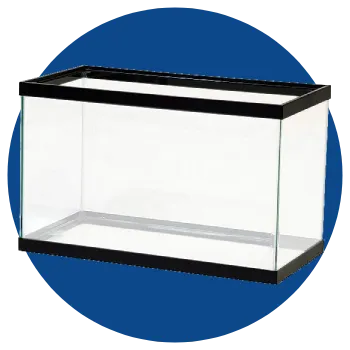
Tank Basics
The Practical Guide
Choosing the right tank
Tanks come in many different shapes and forms- some have rims, and some are rimless. Others are square, wide rectangles, long rectangles- the list goes on.
For the most part, the shape of the tank is a person design choice. The important part is to make sure the tank is big enough for your shrimp to live comfortably.
How big of a tank should you get?
The bare minimum you can get started with is a 5-gallon tank with about 5 shrimps in it. You’ll want to keep them in a group- as this will prevent them from getting unnecessarily stressed. Do keep in mind that larger tanks provide more stable water conditions.
Also, if you plan on getting other fish to live with your shrimp- you’ll need to budget for that space as well.
What about a bowl?
Bowls, despite their popularity, are not a good solution for fishkeeping in general. By the time you add a little bit of decoration- you’re pretty much out of space. Also, the water is extremely volatile- meaning keeping your shrimp a live is a daily battle.
Build your own VS Tank kit
Build Your Own
Pros
- Customization: Build a tank tailored to your preferences and available space, allowing for unique designs and sizes.
- Cost Control: Potentially lower costs as you can select budget-friendly materials and components based on your needs.
Cons
- Extra Work: You’ll nee to research and find the equipment.
Tank Kit
Pros
- Convenience: Tank kits come with pre-selected components, saving you time and effort in choosing compatible equipment.
- Complete Package: Kits typically include essential accessories like filters, heaters, and lighting, ensuring a well-equipped environment for your guppies.
Cons
- Limited Customization: Less flexibility in design and size compared to building your own tank.
- Cost: While convenient, tank kits may be more expensive than sourcing individual components, especially for larger setups.

Part 2 - Essential Equipment
The Equipment you can't live without
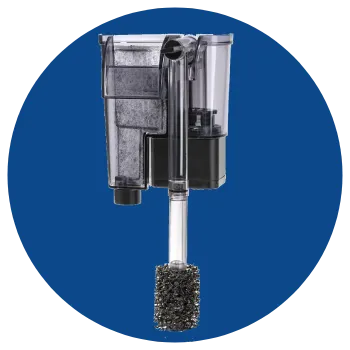
Filter
A filter buys you more time in between water changes. With a filter, you have to change the water less frequently and less of it, so you can spend more time bonding with your fish.

Heater
A heater keeps a constant water temperature. Without it, the water temp will fluctuate and stress out your shrimp.
Other Equipment You'll Need

Siphon Pump
Simplifies water changes and removing debris from the substrate.

Water Conditioner
Removes harmful chemicals, making tap water safe for use in an aquarium.
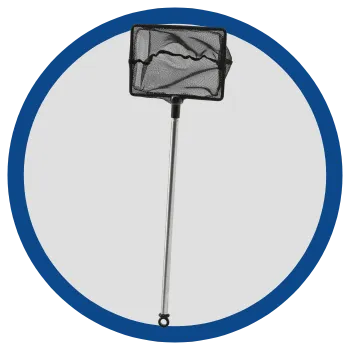
Fish Net
A handy tool for safely catching and relocating your fish.
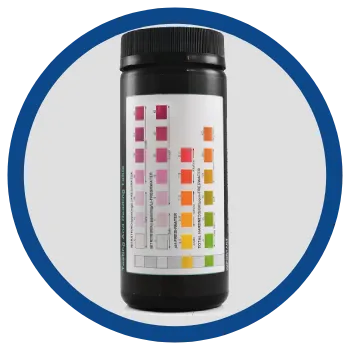
Testing Strips
Help you monitor water parameters, ensuring optimal conditions for your betta.
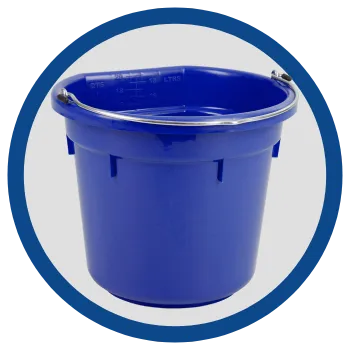
Bucket
An essential tool for water changes.

Tank Decor
Essential for your betta to feel safe and have a place to hide
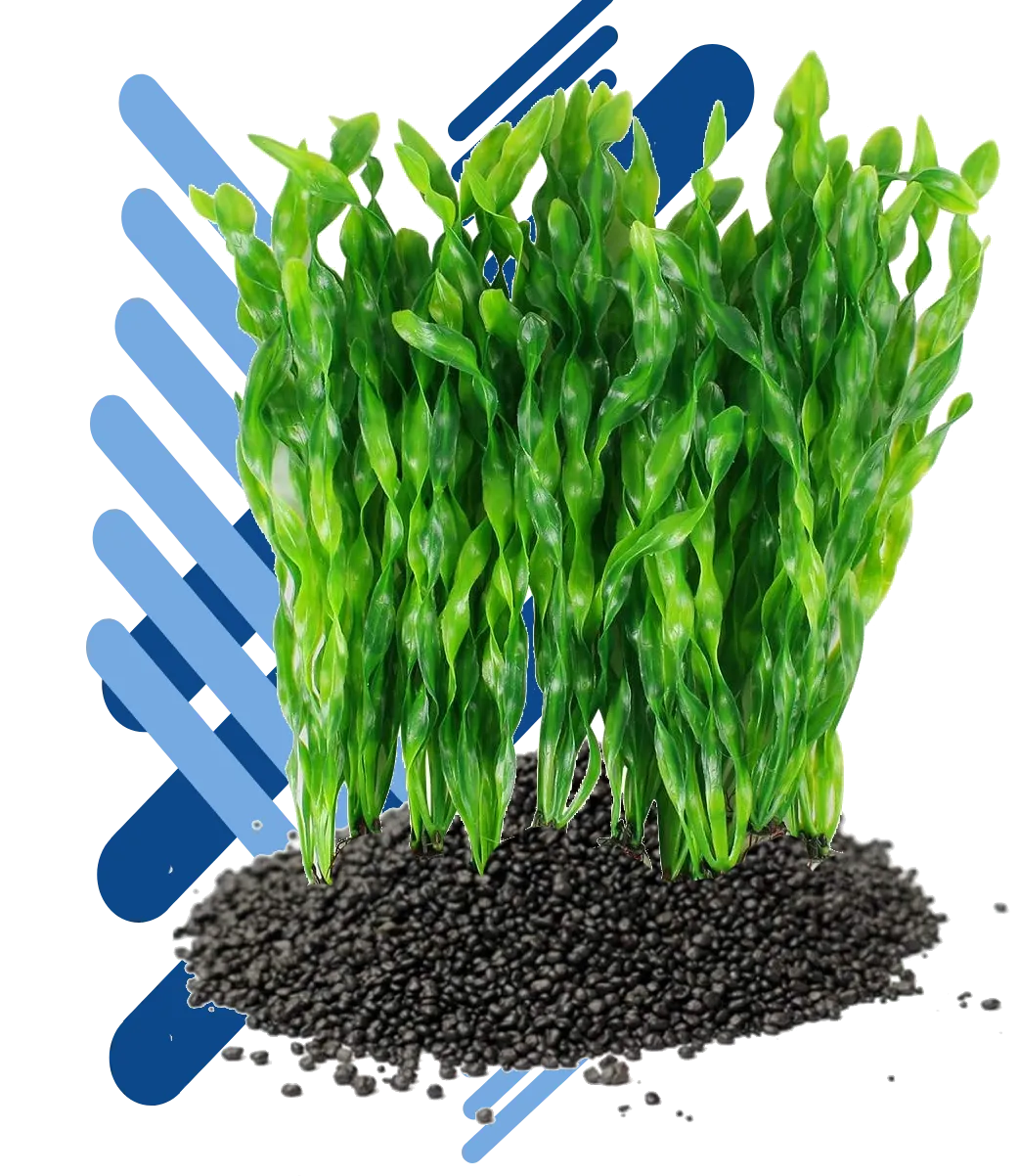
Substrate, Plants & Everything Else
Other tank must have for longevity
Choosing the right substrate
To be honest, selecting a substrate is a forgiving process.
In general, opt for a porous, rounded-edge substrate, with examples including sand and gravel. The choice of substrate not only significantly influences the aesthetics and tactile experience of your tank but also simplifies the cleaning process.
Sand and gravel are commonly used substrates.
An alternative you might encounter is crushed coral and limestone. While both are sturdy substrates, they tend to lower the pH levels in the tank. For your initial tank setup, it’s advisable to avoid them. However, if you find them irresistible, incorporating driftwood into the tank can help balance the pH.
Real Plants VS Fake Plants
Pros
- Natural environment: Plants provide a natural habitat for guppies, offering hiding places, reducing stress, and promoting breeding.
- Improved water quality: Plants absorb nitrates, a harmful waste product produced by fish, contributing to cleaner water.
- Stability: Plants help stabilize water parameters, making the environment more stable for guppies.
- Aesthetics: A beautiful planted tank can be an aesthetically pleasing addition to your home.
- Additional food source: Some plants can offer a supplemental food source for guppies, especially fry.
Cons
- Requires more maintenance: Plants require specific lighting, CO2 levels, and nutrients, demanding more upkeep than a non-planted tank.
- Costs more to set up: Planted tanks require additional equipment and supplies, such as lighting systems, CO2 injectors, and fertilizers, increasing the initial setup cost.
- Potential algae problems: Incorrect lighting, nutrient balance, or CO2 levels can lead to algae blooms, harming both plants and fish.
- Some plants are not guppy-friendly: Certain plants may harm your betta by being sharp, releasing toxins, or competing for resources. Researching suitable plants is crucial.
- Requires knowledge of plant care: Understanding plant requirements for lighting, nutrients, and CO2 is necessary for maintaining a successful planted tank.
Overall, a planted tank can be a rewarding experience for beginner betta keepers, but it requires more commitment and knowledge than a non-planted tank. I would only get plants if you enjoy gardening and caring for them- otherwise, they’re a chore.
Decoration & Hiding spots
This one might shock you put shrimp actually need decoration in their tank to thrive. Most important are cave-styled hiding spots that allow your shrimp to take cover and relax.
That is true whether you are keeping your shrimp by themselves or with other fish.
Remember that animals out in the wild get eaten by others all the time. Shrimp are no exception, and for them to protect themselves they need a place to hide.
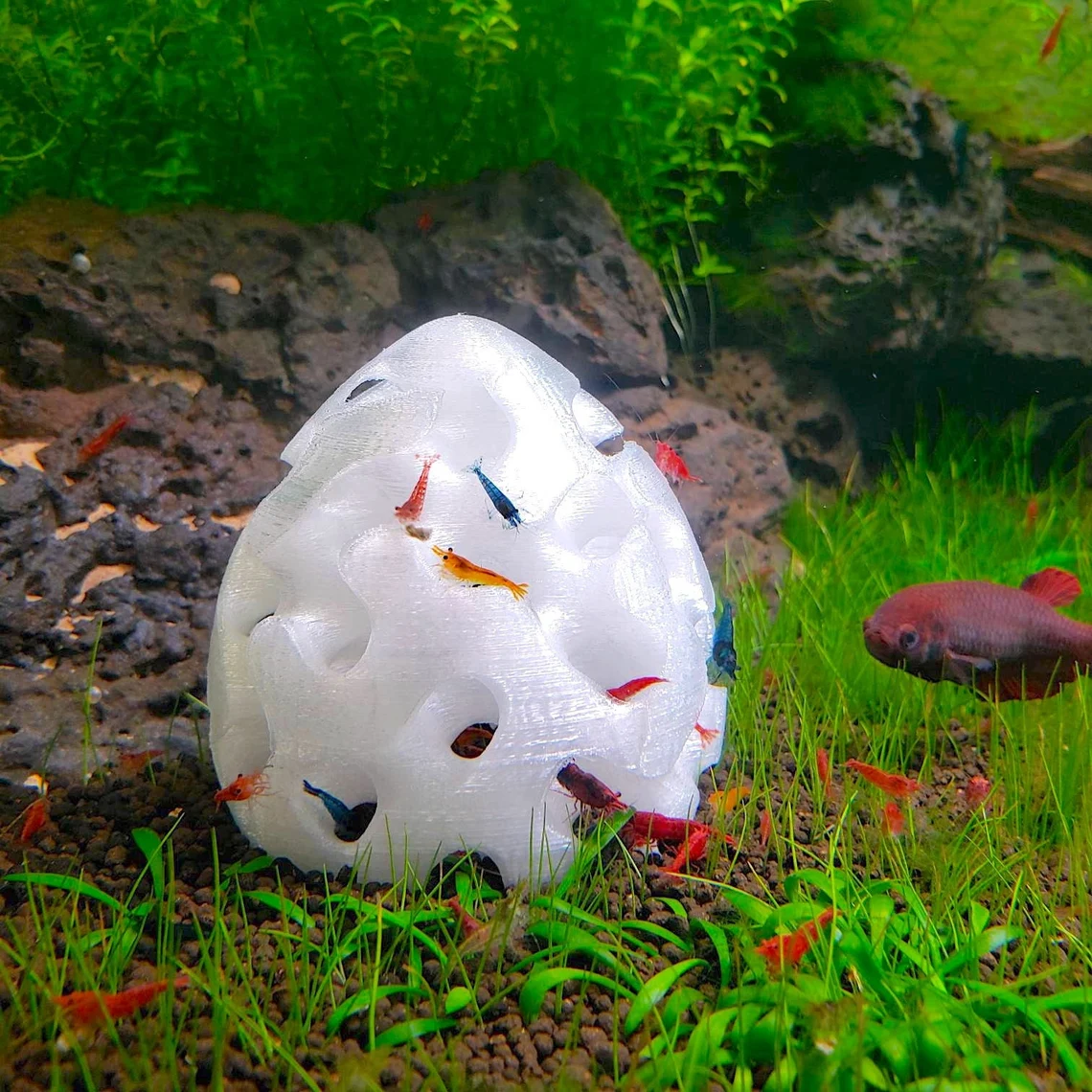
Example of a shrimp cave from Etsy
Recap
The minimum tank size for your shrimp is 5 gallons, with a minimum amount of 5 shrimps as residents.
Most beginners do go for tanks about 10-20 gallons in size, mainly because they allow the housing of more fish and provide more stable water conditions.
The core 3 pieces of equipment you need are a tank, heater, and a filter.
You’ll also need tank decoration, substrate, and water conditioner before you can introduce any fish or shrimp it.
In the next chapter, we’ll cover everything you’ll need to know about setting up your first tank and dive deep into the nitty-gritty of maintaining your tank.
